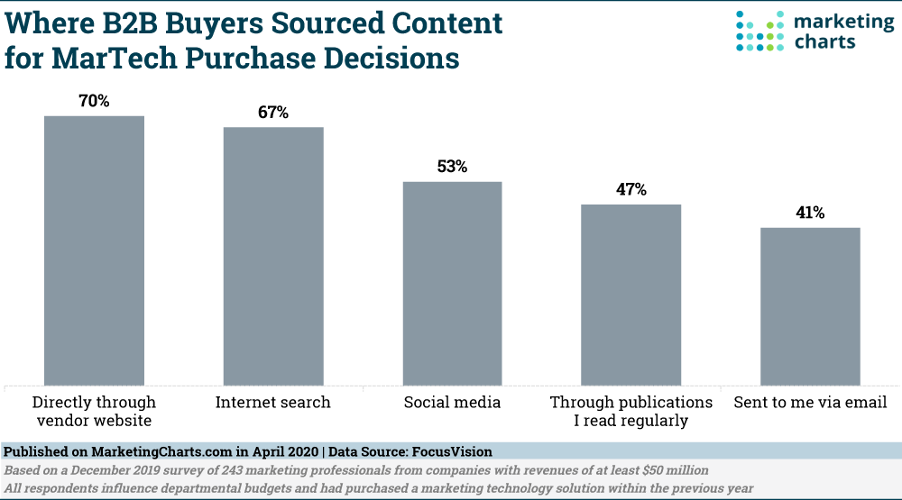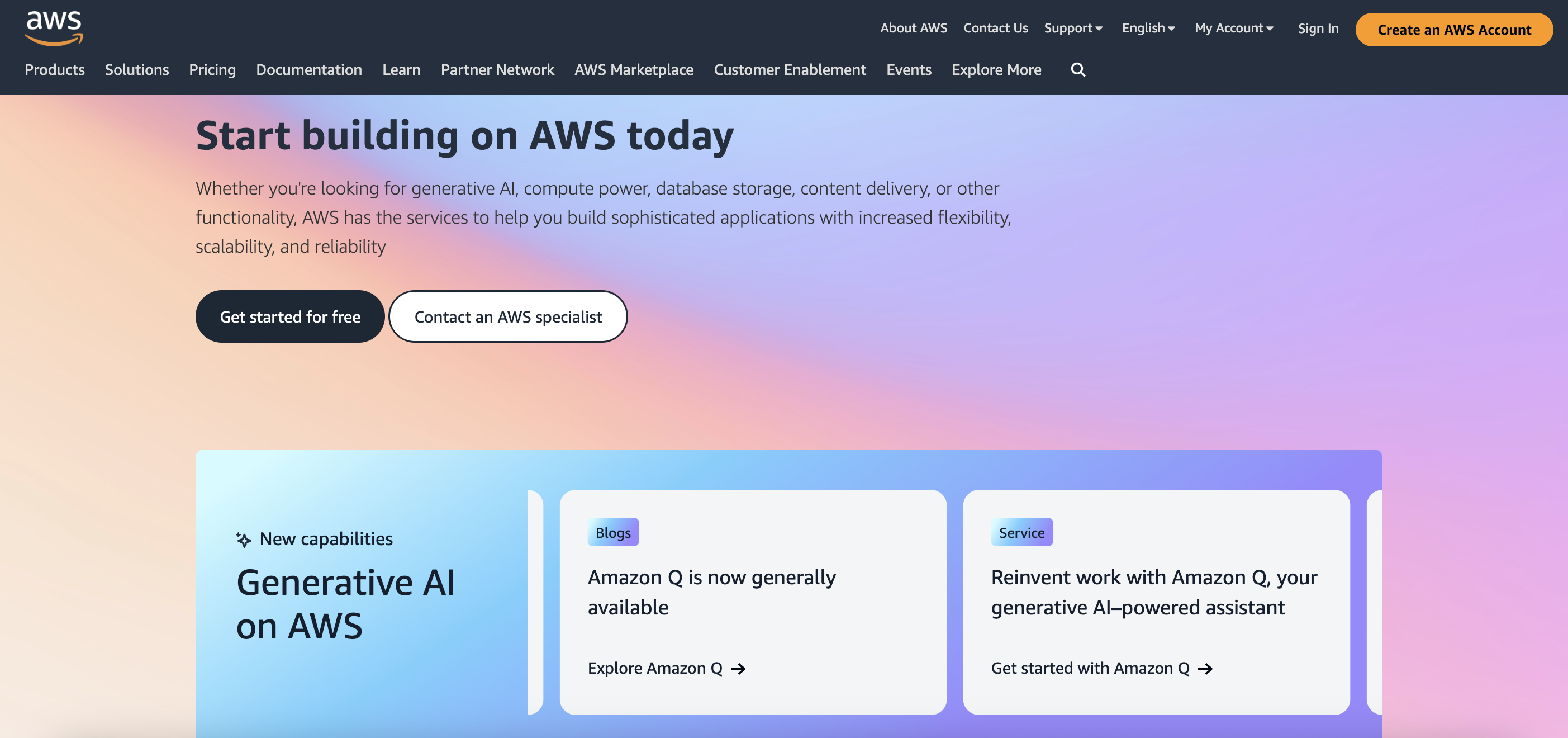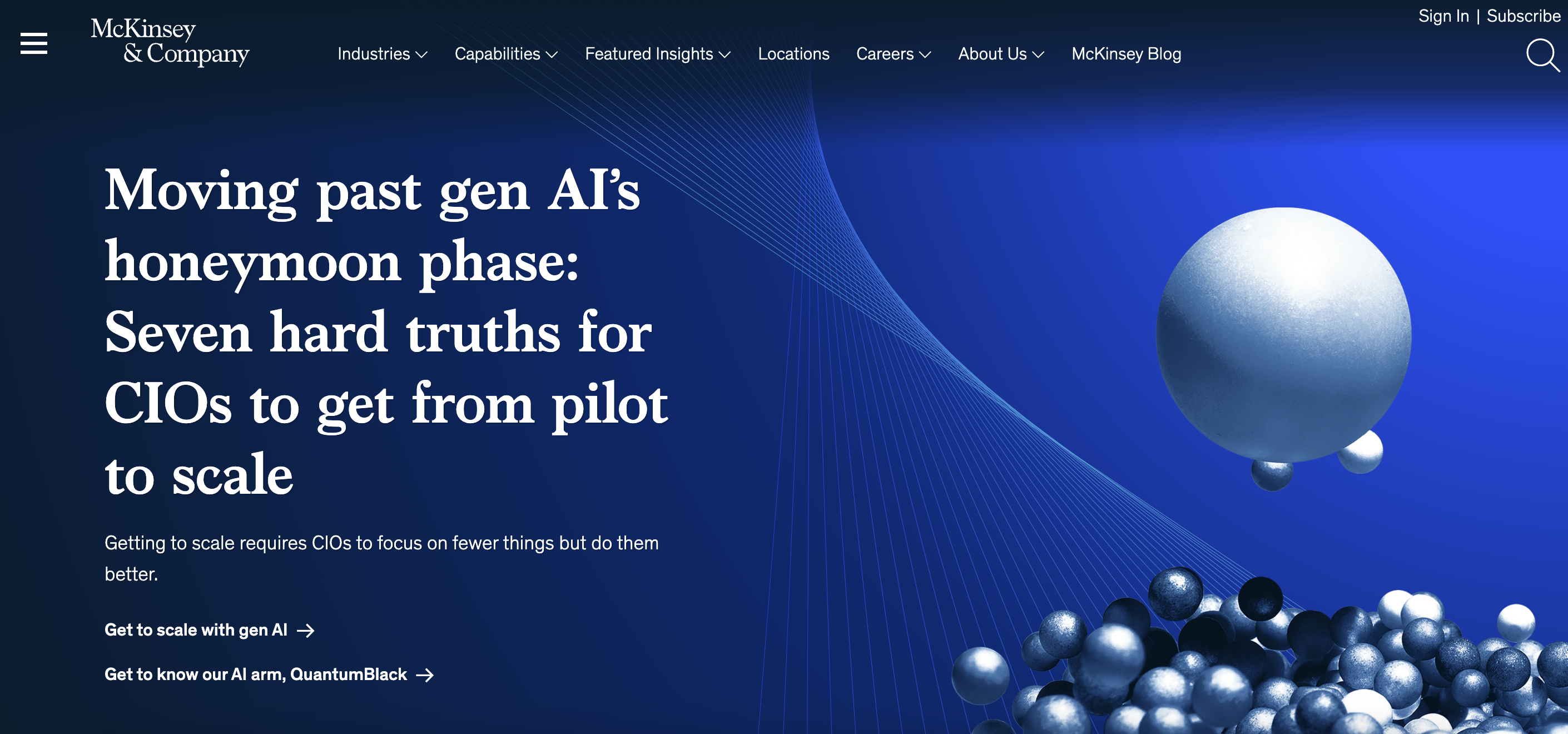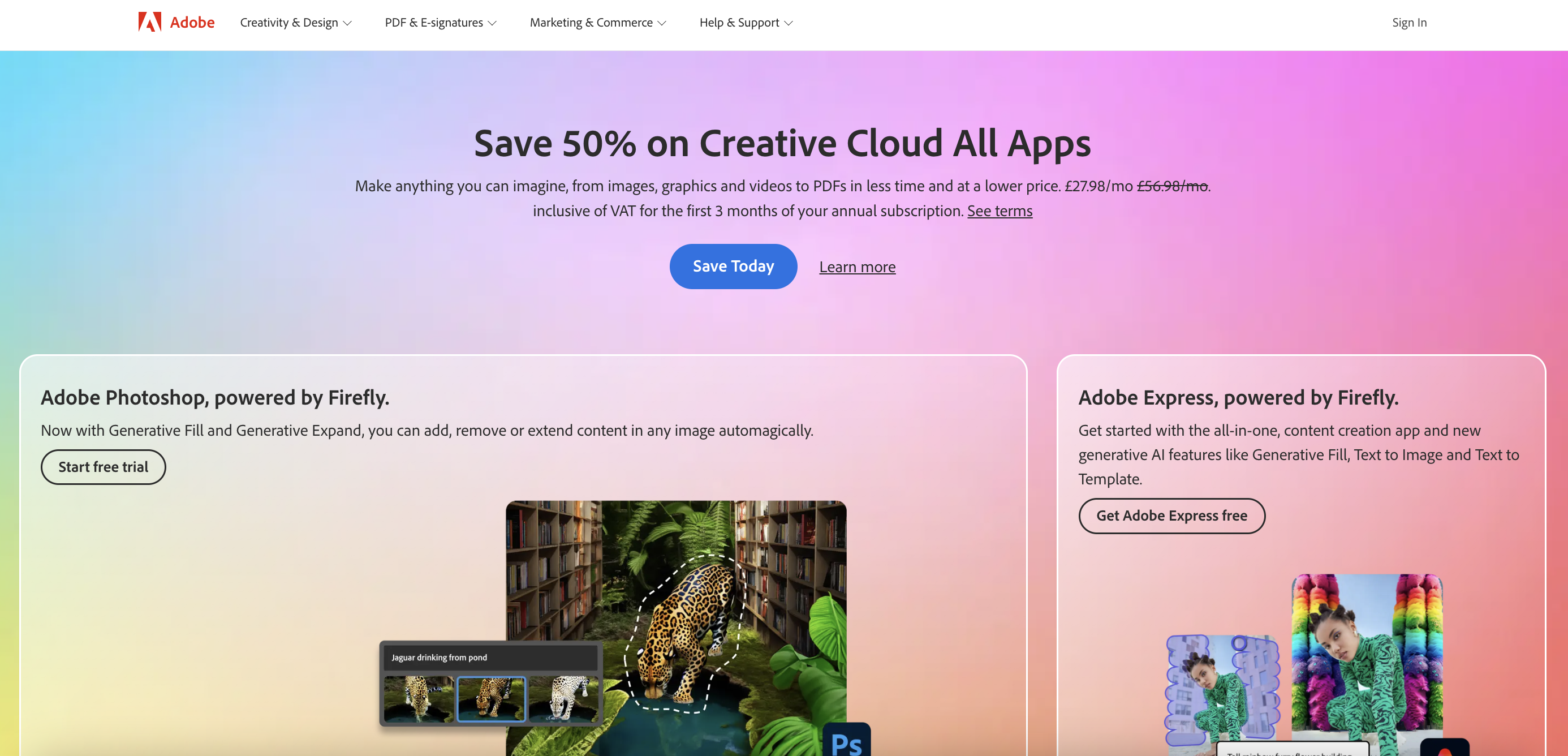
Website content for each stage of the B2B buying process
The content of many B2B websites only focuses on the end of the buying cycle. These are people actively looking for the product you offer, so why is it important to understand the whole B2B buying process and how does it affect your website?
What is the B2B buying process?
The diagram below shows the simple 3 stages that buyers go through.

B2B purchasing is more complex than B2C in several ways.
- Decisions are made by teams not individuals
- People within teams may have different agendas, problems and questions when selecting a solution for their problem.
- The decision-making process is normally quite long.
Traditionally, B2B companies have relied on business development reps to sell their products. However, recent research from Gartner shows that B2B buyer behaviour is changing. Buyers want to do their own research online and talk to BD reps at the end of the cycle.
Data from FocusVision (see chart below) shows that vendors websites are the main source of content for B2B buyers.

Why does B2B website content need to appeal to buyers at every stage of the buying cycle?
If your content only focuses on the Selection stage of the buying cycle, then you may not be on the buyer’s shortlist when it comes to choosing companies they want to talk to.
The buyer will have already been through the Awareness and Discovery stages and probably carried out online research, so they will be familiar with other companies that have website content targeting these stages. They may well not have spoken to any Business Development people during this research so your website content needs to be aimed at every stage of the buying process.
What content is needed for each stage?
1. AWARENESS
In the Awareness stage the buyer has a problem they need to solve, but they don’t know what the solution is.
For example the problem might be the company is not generating enough leads and they might be searching for “How do I increase leads?“
In this stage they’re not looking for providers, but for information and resources that help them understand their problem.
In this case the solution might be improving their website, search engine optimisation, email marketing and so on.
The best type of content for buyers at this stage is educational articles, videos, webinars, social media posts, whitepapers, eBooks and tools.
2. DISCOVERY
At this stage the buyer understands their problem and they are researching the different approaches and solutions to the problem.
For example, they may have identified they need to improve their website to increase leads and might search for “How do I get more leads from my website?”.
They may also think they need more search traffic to their website and may search for “How do I increase search traffic?”
During this stage the goal of your website content is to convince them your product is better than both your indirect and direct competition.
Your website content for buyers at this stage could be comparison guides, case studies on how you solved buyers’ problems, demos, samples.
3. SELECTION
Finally, the buyer knows what they need and will create a shortlist of potential suppliers to make a final purchase.
For example, they might search for “B2B web design agencies in the UK” or use their network to find recommended suppliers.
The best website content for this stage of the cycle includes product pages with clear features and benefits, FAQs, your buying process, free trials, pricing, testimonials, awards, case studies and key people.
| AWARENESS STAGE |
|
CONTENT OBJECTIVE At this stage the website objective is to educate the buyers what solutions will solve their problem. The objective is to educate them of all the solutions available and establish you brand as a trusted authority. |
|
AWARENESS CONTENT Educational articles, videos, webinars, social media posts, whitepapers and eBooks. Content needs to be aimed at your buyer’s industry and contain research to be credible. |
|
KPIs Time on content. Bounce rate. New visits to awareness content. |
| DISCOVERY STAGE |
| CONTENT OBJECTIVE
The buyer has identified the different solutions to their problem and is now researching them. The objective is to persuade them that the solution you offer is best for them. |
| DISCOVERY CONTENT
Comparison guides. Case studies on how your product solved buyers’ problems. Demos and samples. FAQs (Make sure your content answers all of your buyers’ questions about this solution.) |
|
KPIs Views and downloads of all discovery content. |
| SELECTION STAGE |
|
CONTENT OBJECTIVE Your website objective at this stage is to convince the buyer that your company and product is the best solution for them. |
|
SELECTION CONTENT Differentiate from your competitors with positioning and value messages. Clear product features and benefits. Free trials. Pricing, guarantees/ warranties, service. What it’s like buying from your company (process, people). Case studies, testimonials and awards. |
|
KPIs Website conversion rate Requests for proposals & quotes Online sales figures Enquiries/appointments |
Here are three examples of B2B websites with content that appeals to all stages of the buying process.
Amazon Web Services (AWS)
AWS provides businesses with Cloud Computing Services and is one of the most profitable Amazon services.
Awareness Stage
AWS’ website provides content that helps their customers understand the benefits of migrating to the cloud. This includes webinars, whitepapers and online training that discuss cloud computing, data analytics, and machine learning.
Discovery Stage
At this stage AWS wants to help potential customers understand the different cloud solutions. Their content includes customer success stories, architecture plans and solutions that demonstrate how their cloud services enable scalability, flexibility, and cost savings.
Selection Stage
To help B2B buyers make their final decision, AWS's website content includes pricing calculator, TCO calculators, and service level agreements (SLAs).

McKinsey & Company
A well-known global management consultancy brand that works with corporates and governments.
Awareness Stage
At this stage McKinsey’s website content is aimed at helping businesses keep informed about market trends. Content includes research reports, industry trends and articles about strategy, operations and digitalisation.
Discovery Stage
To help businesses identify where they can improve their growth strategies, McKinsey creates specific industry reports, case studies and tools. This content helps position McKinsey as global experts.
Selection Stage
Finally, McKinsey's website shows content that promotes consulting services, their client testimonials, and success stories. This helps potential clients choose McKinsey to assist them in growing their organisation.

Adobe
Adobe is a computer software company that provides business with creative, marketing and document management tools.
Awareness Stage
The aim of Adobe’s website content at this stage is to educate business buyers on the benefits of digital transformation, using content such as tutorials, blog posts and insight reports on marketing and design trends.
Discovery Stage
To show how software can improve their business, Adobe’s website shows buyers a wide variety of content including online workshops, webinars and case studies that demonstrate the benefits of software to their creativity, productivity and the bottom line.
Selection Stage
During this stage, the objective of Adobe’s website content is to turn traffic into customers with demos, pricing, free trials and case studies.

The most successful B2B websites focus not only producing good website content, but content that is useful to their customers at every stage – awareness, discovery, and selection. This will make your website more widely appealing, strengthen your brand and create a long-term asset for generating new customers.
This article was published on , filed under website content.
The Forkcast
Not your average B2B newsletter. Spice up your inbox with The Forkcast.

